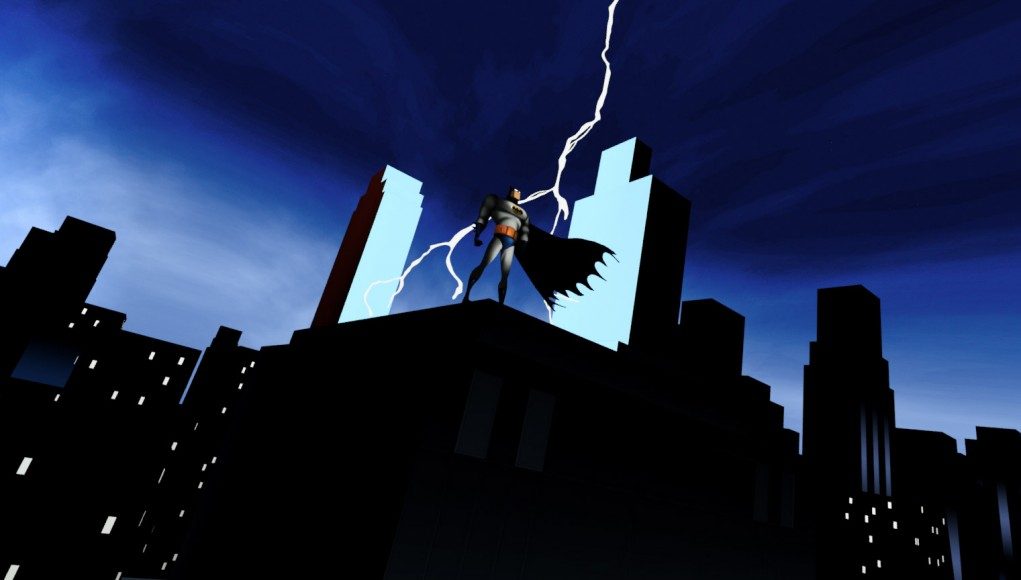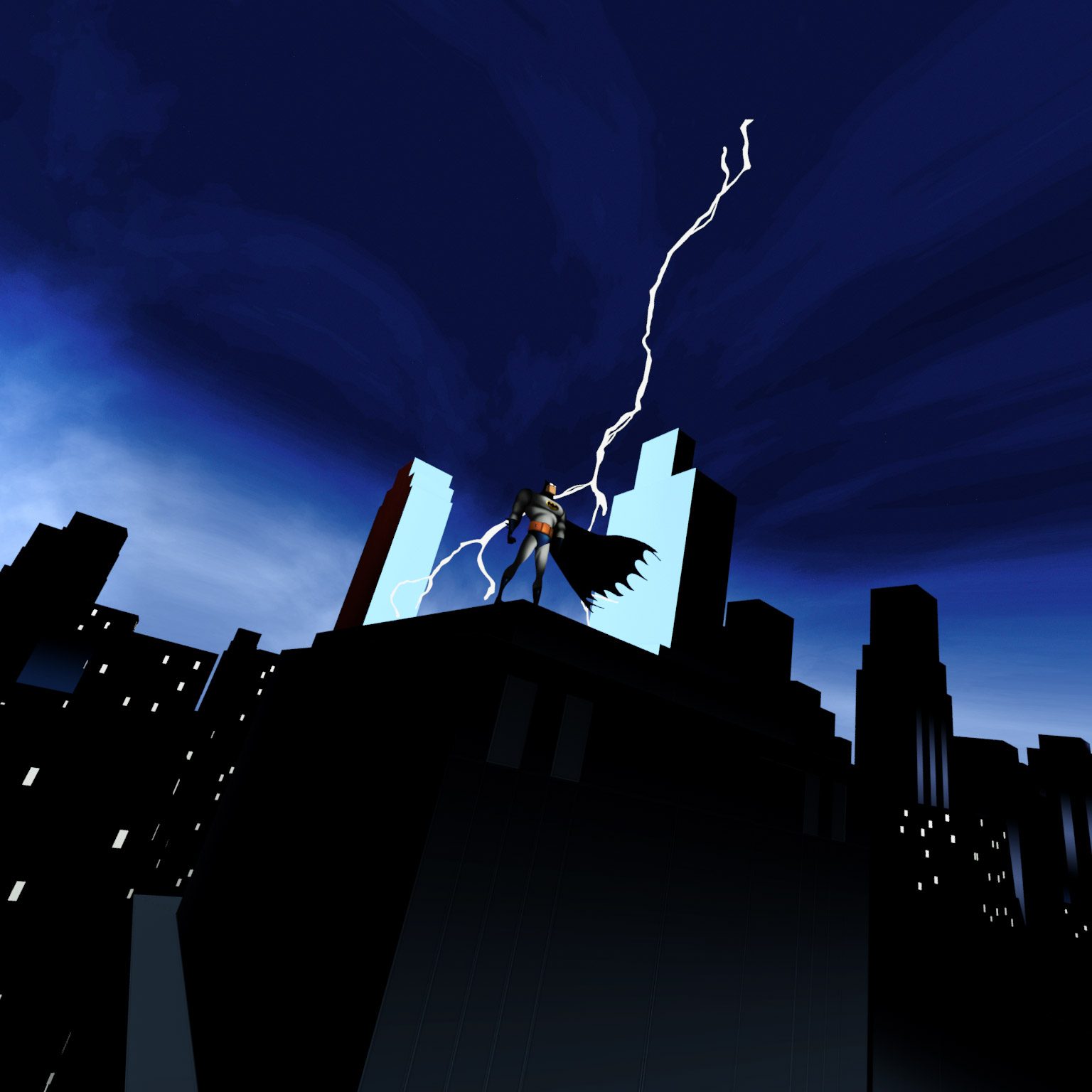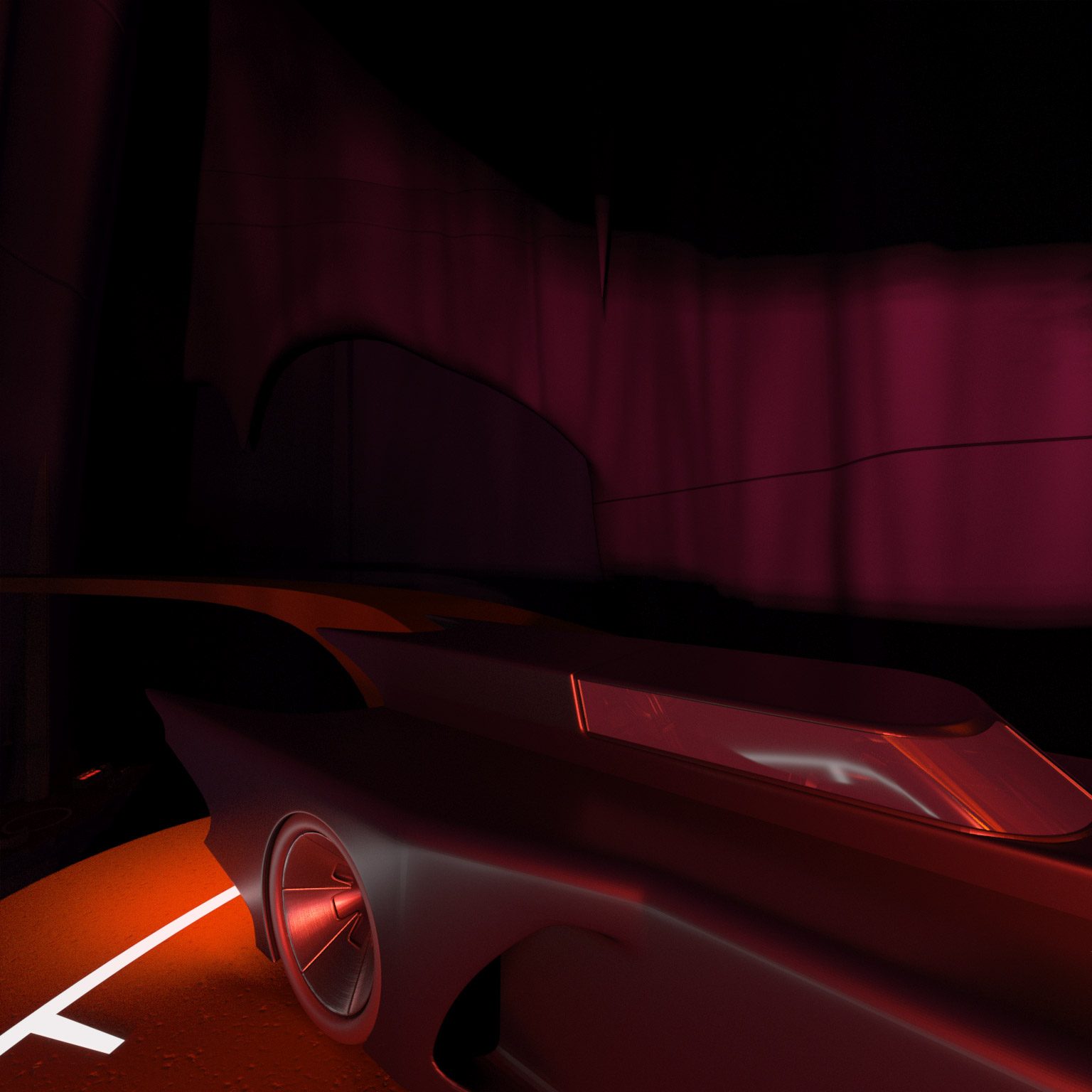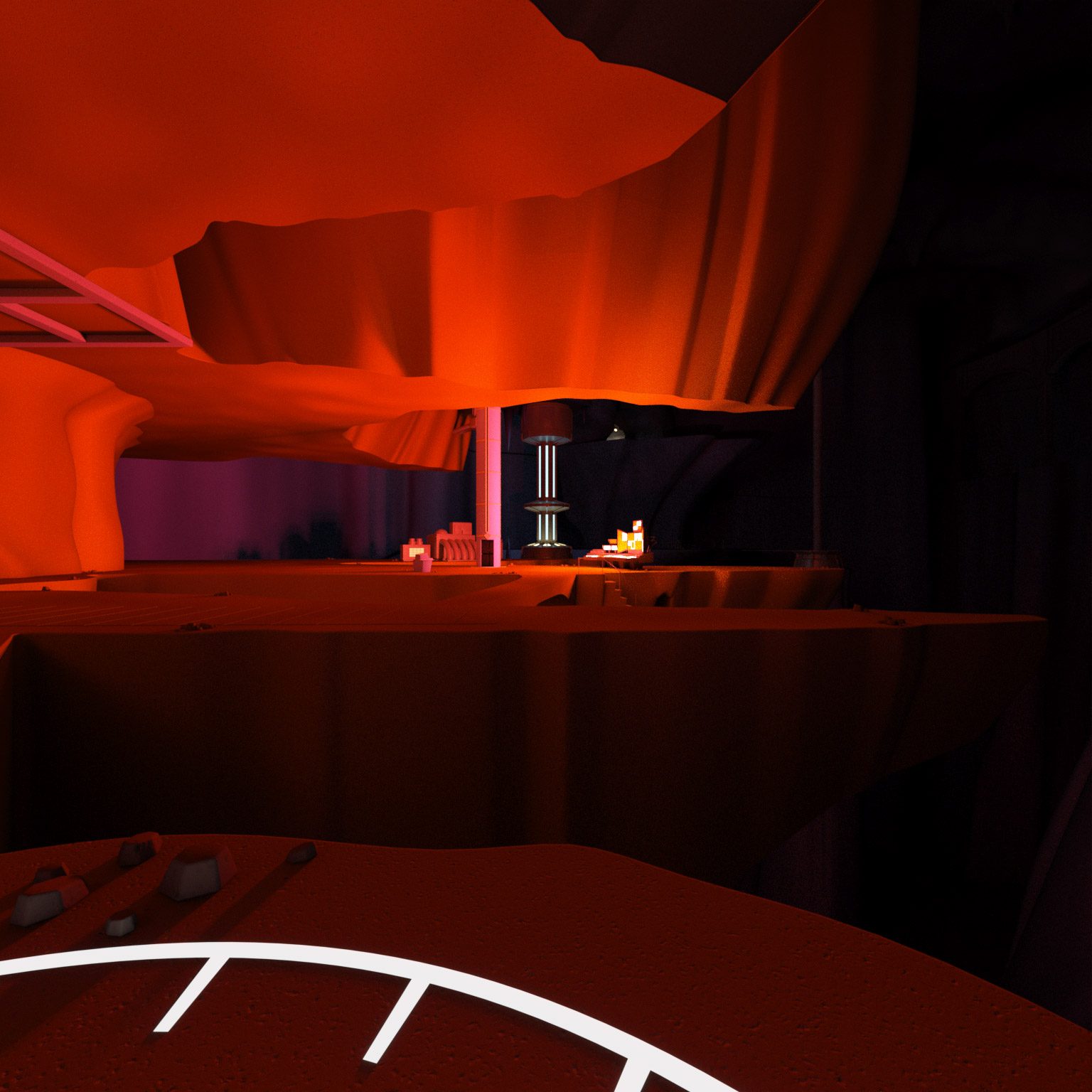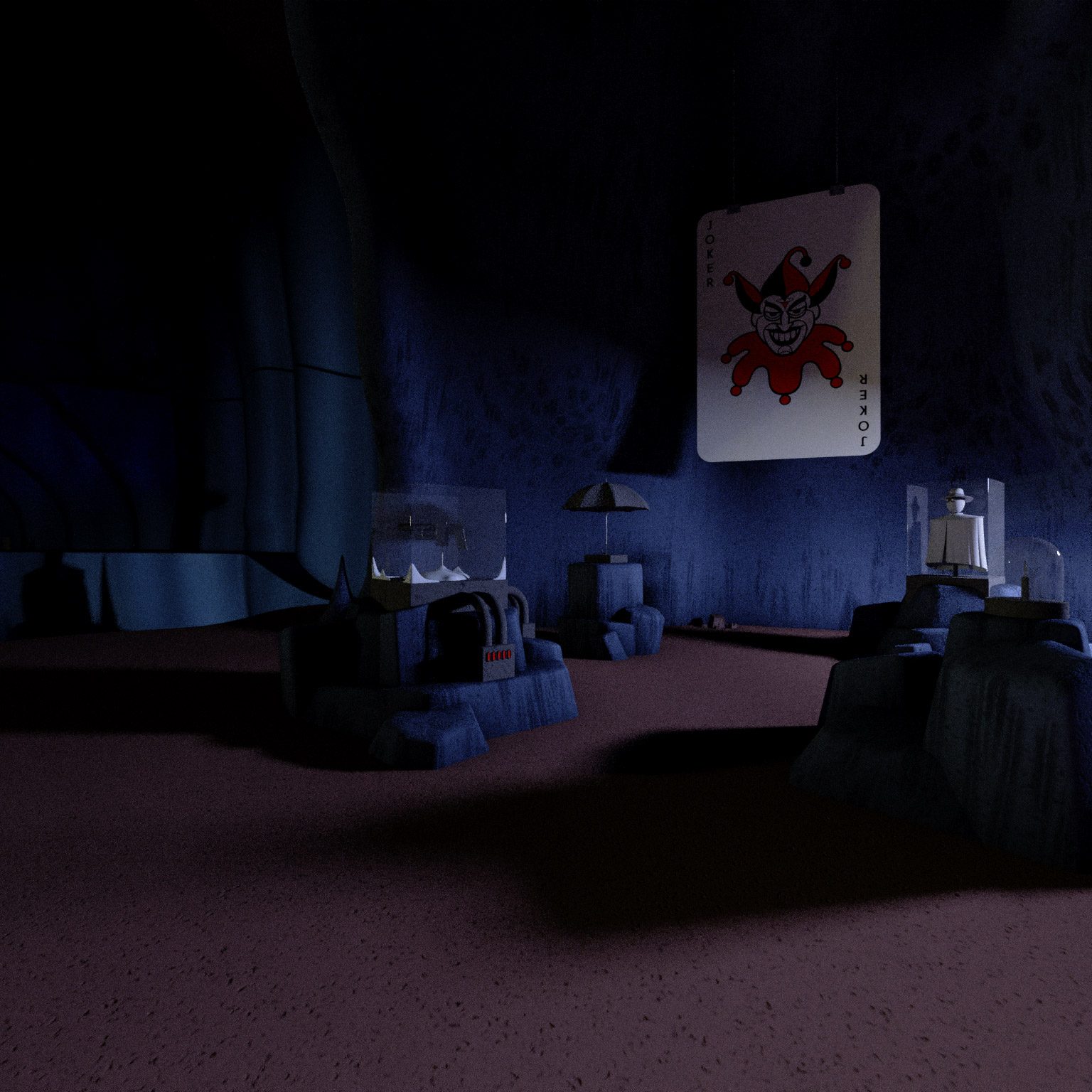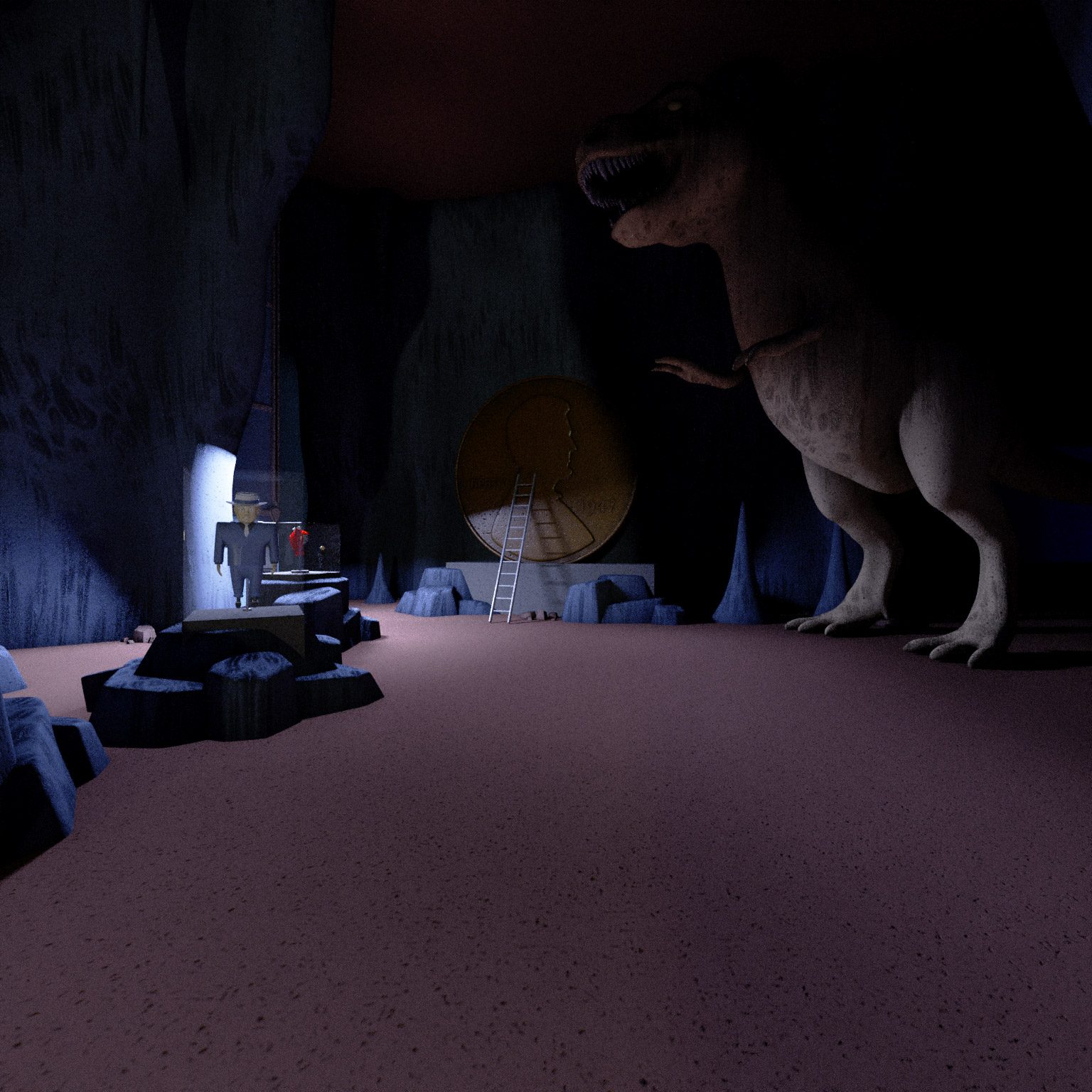An unlikely combination of one of the most iconic interpretations of the superhero comic and cutting edge rendering tech come together to create one of the highest fidelity mobile VR experiences to date. But it doesn’t stop at Batman. Otoy’s new VR-focused content tools open the door to creating your own navigable VR worlds in stunning detail.
Road to VR guest reporter Nate Kozak fills us in.
At that moment, two things were certain to me: Batman: The Animated Series (1992-1995) is still the best incarnation of Batman, and a strapless Gear VR loaded with Otoy’s navigable 18k cubemaps will be one of the best tools for VR evangelism.
Less certain was how they managed to pull it off.
I’m not the excitable type, but I felt like the elevator was vibrating at some impossible frequency as I rode up to Otoy’s demo suite at Oculus Connect. I had been following Otoy very casually for something like four years, yet I still didn’t know exactly what they were up to.
Their Brigade ray-tracing engine was fascinating but seemed almost mythological to me; ray-tracing in general seemed irrelevant to PC users for another couple of GPU generations and only majorly disruptive to VR when coupled tightly with perfected eye tracking. Octane Render, Otoy’s hyper-realistic GPU-based rendering plugin, seemed only interesting to architectural visualization firms and digital pinup artists. X.IO—some cloud… thing?—allegedly does with arbitrary executables what I assumed was literally impossible.
So I expected Otoy to show me something awesome, but I wasn’t prepared to see this.
Midnight on the roof of the Gotham National Bank. The two angular goons believe they’d gotten away with it, and were about to escape with the loot, but the ominous motif of Danny Elfman’s score signals their greatest fear. Guns and fists no match for him, for he is the night! A lightning bolt frames his vigilant form as he surveys his domain for the next threat. Holy virtual reality, Batman! What is an animated, stereoscopic, 360° version of The Animated Series opening sequence doing inside a Gear VR?
The actual experience was more technically interesting than any amount of canned animation, but the visuals alone were quite compelling. I stood in the Batcave, this reflection of Bruce Wayne’s true self, his real home. The mottled stone platforms rising out of the inky depths to hold his tools and treasures above the darkness, form ever following function. Omnipresent bat noises were conspicuously absent throughout the demo, but the atmosphere was so rich I could almost hear the echoes of my breath in the dark expanses of the cave.
Gazing at the nearby Batmobile, a reddish light bathed the area. A tap on Gear VR’s touchpad and a rapid animation sequence zoomed me next to the vehicle, the motion contextualizing the quick reorientation of my viewpoint, unexpected but not uncomfortable. And there I stood, mere feet away from the Batmobile, able to look up and down its sleek, rectangular, and irrationally long body. A red light across a narrow gantry welcomed me further inside the cave, and with another tap I very quickly dashed across to it.
The voice now guiding me through the Batcave could only have been Kevin Conroy’s, the original voice actor from the show. Soon I was standing in front of the Batcomputer, purplish light flickering on its many screens. Pictures of Batman’s nemeses cycled across one, with Batman describing each rogue in exacting detail.
More tapping zoomed me across the Batcave to where Batman kept mementos from his many solved cases: Two-Face’s infamous coin, an oversized Joker card, the robotic T-rex, Scarface himself, Batman’s shrine to the Grey Ghost, and all framed by the giant Lincoln penny once used as a weapon by Two-Face (Joe Coyne who?); navigation between these nodes was neither scripted nor timed in any way, rather, I could tap to warp to any node directly adjacent to me. Each node presented its own completely enveloping 360° stereo view and narration.
While the content was enthralling, the implications presented by the enabling technology are staggering. Each of these navigation nodes is its own stereo cubemap whose overall resolution clocks in at an incredible 18k; this is not overkill for viewing on a 1440p screen due to the nature of how cubemaps are displayed, but near to it, what John Carmack has described as “display limited”.
The one tradeoff is a significant filesize for the entire Batcave experience, as video, like the opening sequence, consists of 18k stereo cubemaps per frame. Otoy says the entire Batman experience is packaged in a single streamable file, allowing you to start the experience without having to first download a big file.
Ultimately, Otoy says that the same system underlying this Batman experience can be used for “Myst-like” games to be played back on Gear VR, with “absolute peak quality.”
So, to have one of the most powerful mobile VR demoing station on Earth, do the following:
Live in a universe where Otoy has advanced stereo cubemap technology to this point. Lucky you!
Wait until someone funds ~50 different cubemap experiences, or ideally for Otoy to roll out support for building these experiences in their existing toolset, allowing artists to put them together without needing to know any coding/scripting.
Don’t like Batman? How about a tour of the Fortress of Solitude? Not a fan of comics in general? This technology can be used to generate and navigate among arbitrary maps featuring any location that can be created in a 3D engine, from Hogwarts to a virtual strip club. Get creative, and you can do what Otoy did with a related demo it showed, rendering so many viewpoints near the Batmobile that touchpad swipes could act as smooth navigation along a line of them. The content possibilities are massive.
Remove the Gear VR’s headstrap.
That last step may not seem critical, but it is. These experiences are not intended to be viewed for more than a scant few minutes, and at that scale the strap is more annoyance than convenience. Any kind of strapped-on experience requires a certain level of commitment by a first-time user; as my friend who calls himself ‘Holotape’ puts it, “VR requires you mess up your hair.” Well, not anymore! Removing the Gear VR’s straps entirely turns the device into a portable viewfinder into another dimension, easily passed from one person to the next like a digital doobie. If you don’t like what you see, lower your hand. No rational person could have any excuse left to avoid trying VR.
In short, Otoy has created what I believe is the definitive VR demo’ing paradigm, with the Batman Gear VR experience only the first of many demos that will plug into it. With Otoy able to spit out such high quality stereo cubemaps—whose graphical fidelity is far beyond what you might expect from a mobile VR experience—we are officially one step closer to a world in which everyone has tried VR, and we will have relatable, beloved content to show first-timers. Nothing could be more powerful, or so I thought.
Then Jules showed me the secret stuff they’ve been working on…
Disclosure: OTOY is a Launch Partner of the upcoming VR Launchpad event which is co-organized by Road to VR.

